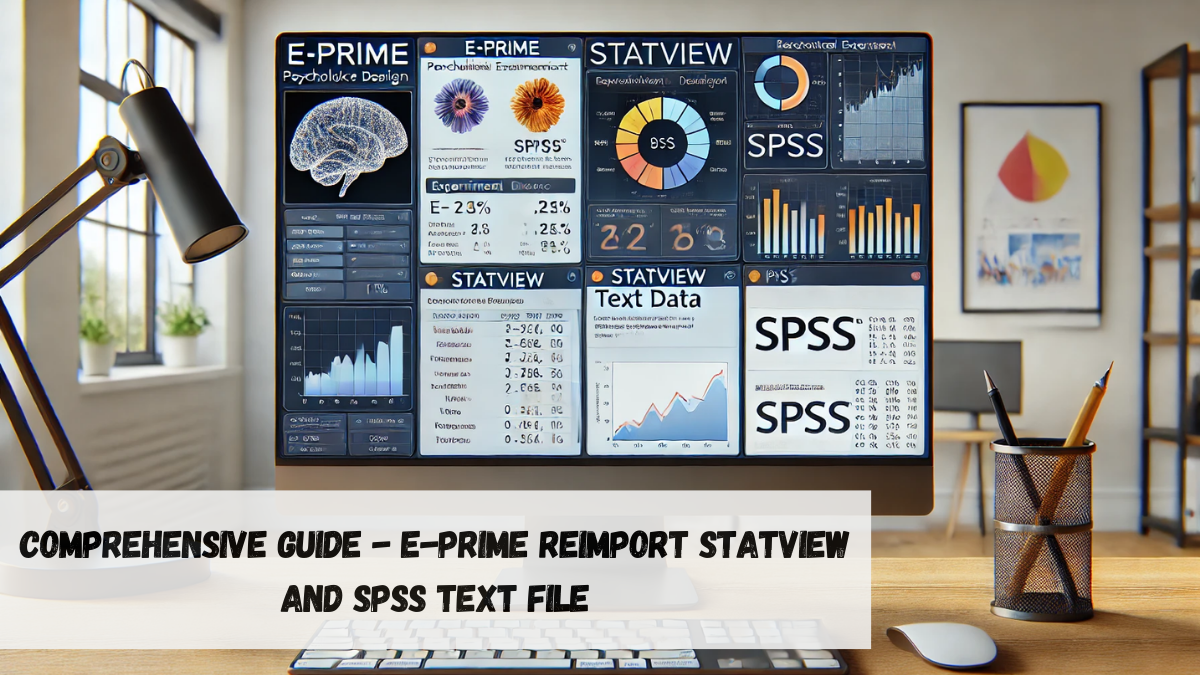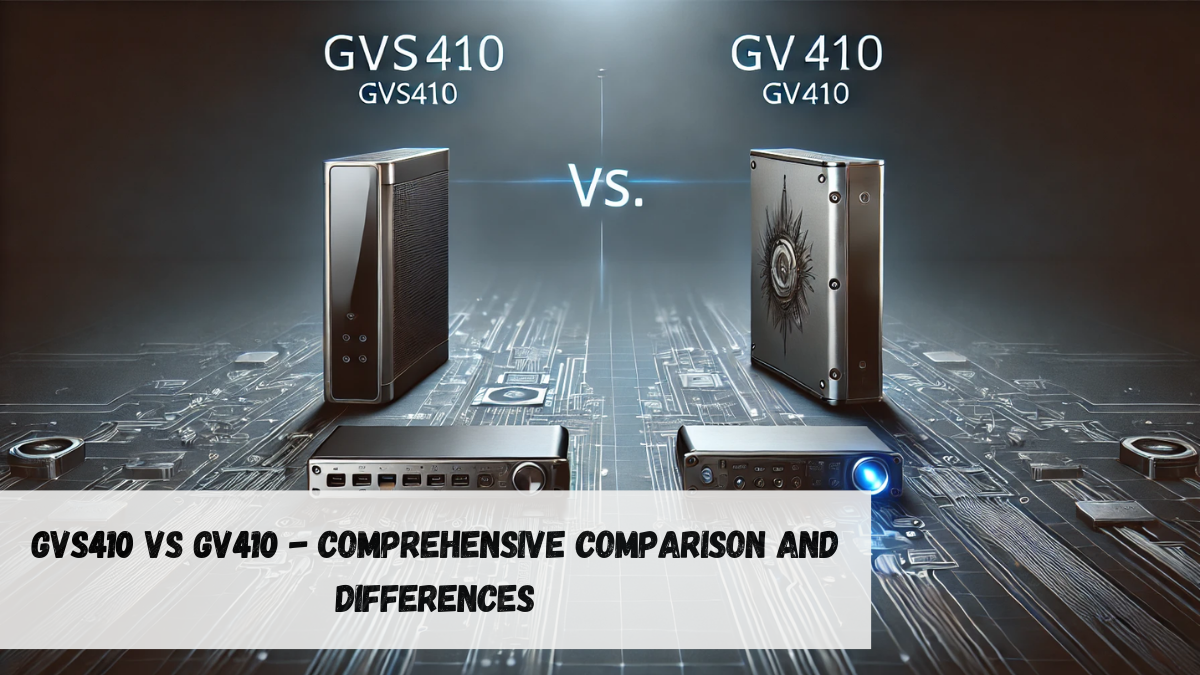In the world of research, especially in fields like psychology, neuroscience, and social sciences, efficient data handling and analysis are critical. Three powerful software programs—E-Prime, StatView, and SPSS—are frequently used to conduct experiments, analyze data, and manage research. One common challenge is seamlessly importing, reimporting, and managing data between these platforms, especially when dealing with text files generated during experiments.
The e-prime reimport statview and spss text file process involves managing experimental data efficiently between E-Prime, StatView, and SPSS for analysis, especially in psychology and neuroscience research.
This guide will walk you through how to manage the import and reimport process using E-Prime, StatView, and SPSS text files, giving you step-by-step instructions and insights that go beyond the basics. Whether you’re conducting psychological experiments or analyzing complex statistical data, understanding these tools will significantly enhance your workflow and productivity.
1. Introduction to E-Prime, StatView, and SPSS
E-Prime
E-Prime is a powerful tool used primarily to design and run psychological and behavioral experiments. It’s highly customizable and allows researchers to create detailed experimental designs, capturing responses in real-time.
StatView
StatView is a statistical analysis software used to visualize and interpret data. While not as commonly used as SPSS today, it has a loyal user base in academia and specific research fields. Its main strength lies in handling large datasets with visual insights.
SPSS
SPSS (Statistical Package for the Social Sciences) is one of the most popular tools for analyzing statistical data. It’s widely used in psychology, education, and business research, offering comprehensive tools for data manipulation, statistical testing, and reporting.
2. Understanding the Workflow: How These Tools Work Together
Data Collection (E-Prime)
E-Prime is typically the starting point, where data is collected during an experiment. Once the experiment concludes, E-Prime generates text files containing raw data. These files can include participants’ reaction times, choices, and other behavioral metrics.
Data Analysis (StatView and SPSS)
After the experiment, researchers need to analyze the data. This is where StatView or SPSS comes into play. While StatView focuses on data visualization and simpler analysis, SPSS is the powerhouse for complex statistical tests. Importing data from E-Prime into these tools allows researchers to interpret and draw conclusions from their experiments.
3. Step-by-Step Guide: Reimporting Text Files from E-Prime into StatView and SPSS
Step 1: Exporting Data from E-Prime
- Run your experiment in E-Prime.
- After the session, go to the ‘Data’ tab and select ‘Export’.
- Choose the text file format (usually .txt or .csv) for easy import into other software.
Step 2: Importing Data into StatView
- Open StatView and go to ‘File’ -> ‘Open’.
- Select the text file exported from E-Prime.
- Ensure that the data format matches StatView’s requirements. In most cases, you may need to modify column headers or data points for compatibility.
- Once imported, you can begin analyzing the data, visualizing trends, or running statistical tests.
Step 3: Importing Data into SPSS
- In SPSS, go to ‘File’ -> ‘Open’ -> ‘Data’.
- Choose the text file format.
- Ensure proper variable alignment, as SPSS requires each column to represent a different variable.
- After importing, perform necessary transformations, assign value labels, and run your analysis.
4. Key Challenges and How to Overcome Them
When managing the e-prime reimport statview and spss text file process, you might encounter various challenges. Some of these include data formatting issues, missing data, or incompatible file types. Below are a few common challenges and how to overcome them:
1. Data Formatting
E-Prime exports data in a raw format, which might not directly align with StatView or SPSS formats. Be prepared to:
- Clean up unnecessary rows.
- Rename variables to be consistent across all platforms.
- Ensure numerical data is properly formatted.
2. Missing Data
During experiments, missing data points are common. Before importing the data into StatView or SPSS, ensure that:
- Missing values are labeled appropriately.
- Any gaps in data are addressed to avoid skewed analyses.
3. File Compatibility
Sometimes, E-Prime exports data in a format that StatView or SPSS cannot immediately read. To resolve this:
- Save the file in CSV format, which tends to be the most universally accepted.
- Use a text editor or Excel to format the data as needed before importing.
5. Best Practices for Data Management in Psychology and Neuroscience
Effective data management is key to successful research. Here are some best practices when using E-Prime, StatView, and SPSS for psychological and neuroscience research:
- Consistency in File Naming: Keep a consistent naming convention across all files. This helps avoid confusion and ensures seamless reimporting.
- Backup Regularly: Always keep backups of your raw data. If a reimport goes wrong, you’ll want the original file intact.
- Standardize Variable Names: Ensure variable names are consistent across all tools to avoid re-mapping during analysis.
- Document Your Workflow: Keep notes on each step taken in your analysis, as this helps if you need to revisit the data.
6. Advanced Techniques for Data Handling
To maximize efficiency and accuracy in your research, consider employing some of the following advanced techniques:
1. Automation of Data Imports
Using scripts (in Python, R, or even SPSS syntax) to automate the data import process can save time and ensure consistency across multiple files.
2. Data Preprocessing
Use SPSS to preprocess data before conducting more complex analysis in StatView. This can include cleaning, normalizing, and transforming variables.
3. Cross-Platform Analysis
Use the strengths of each platform. For example, run descriptive statistics in SPSS and use StatView for more sophisticated visual representations.
7. FAQs about E-Prime, StatView, and SPSS
Q1: What is the best format to export E-Prime data for analysis in SPSS?
The best format is typically a CSV or text file, as SPSS handles these formats efficiently.
Q2: How do I handle large datasets between these programs?
Using CSV files is ideal for large datasets. You can also consider segmenting your data for better manageability in StatView and SPSS.
Q3: Can I automate the reimport process between E-Prime and SPSS?
Yes, with the use of scripting languages like Python or SPSS syntax, you can automate the import process, saving time and ensuring accuracy.
8. Conclusion
Understanding how to effectively use E-Prime, StatView, and SPSS together can dramatically improve the way you conduct experiments and analyze data. By mastering the reimport process and addressing common challenges, you’ll be better equipped to manage complex datasets, conduct insightful analysis, and ultimately produce high-quality research.




